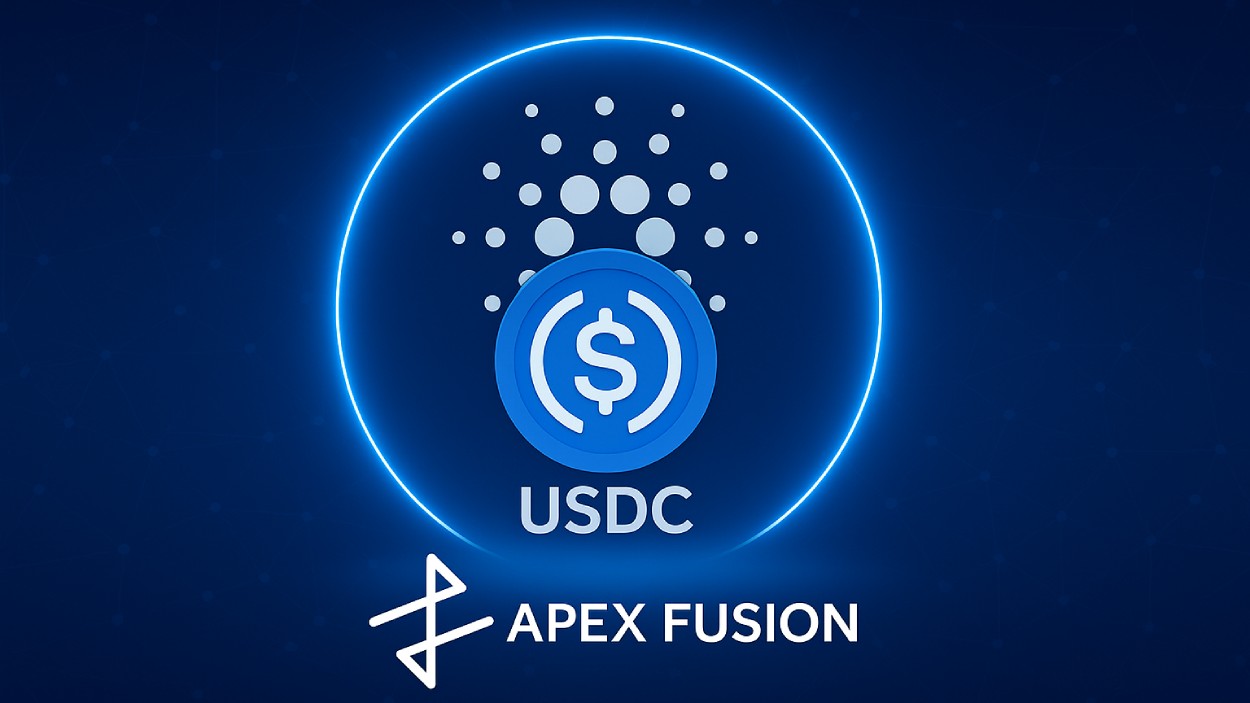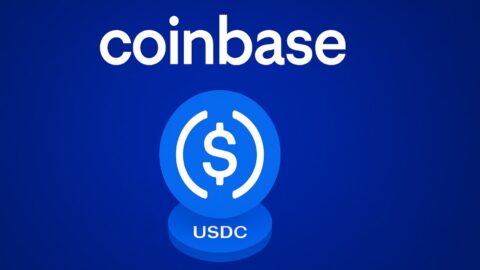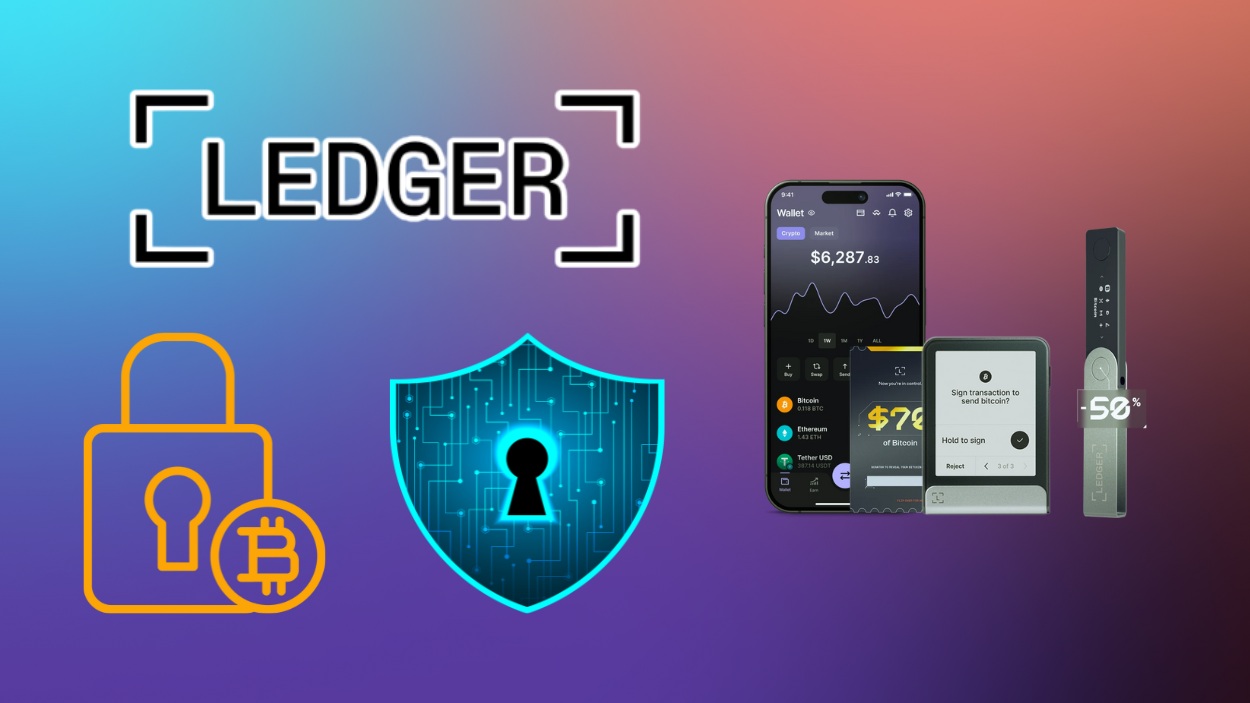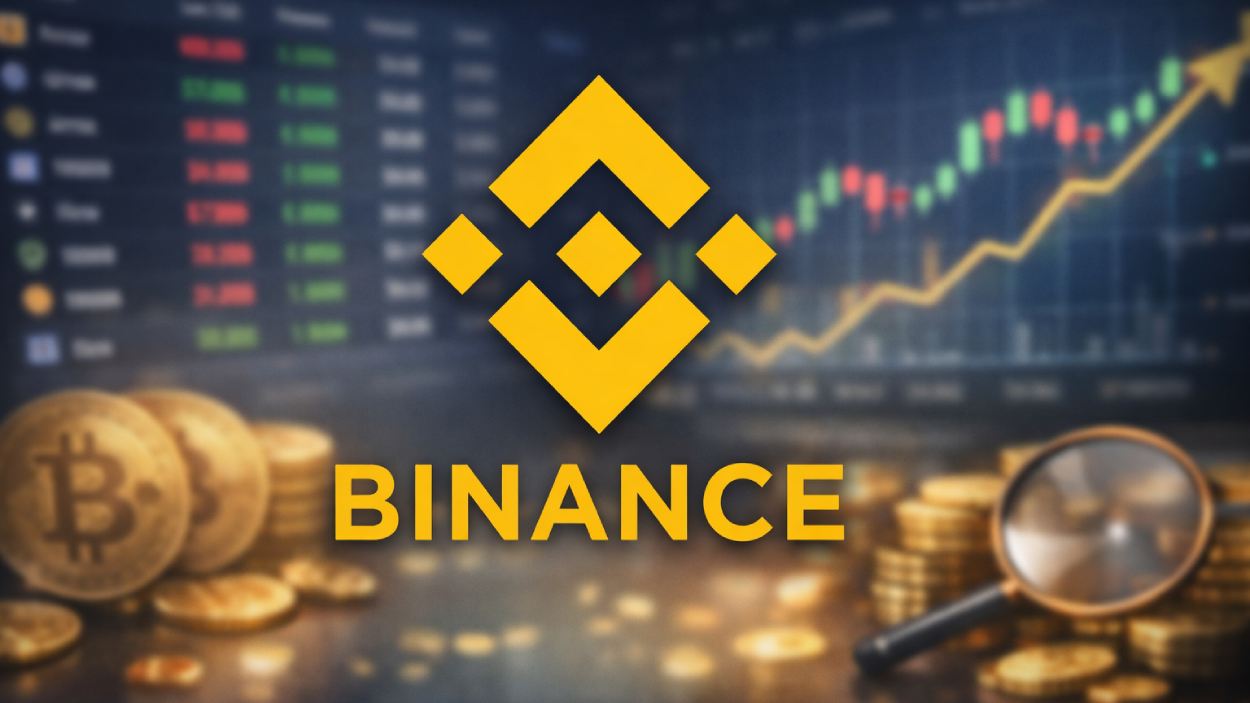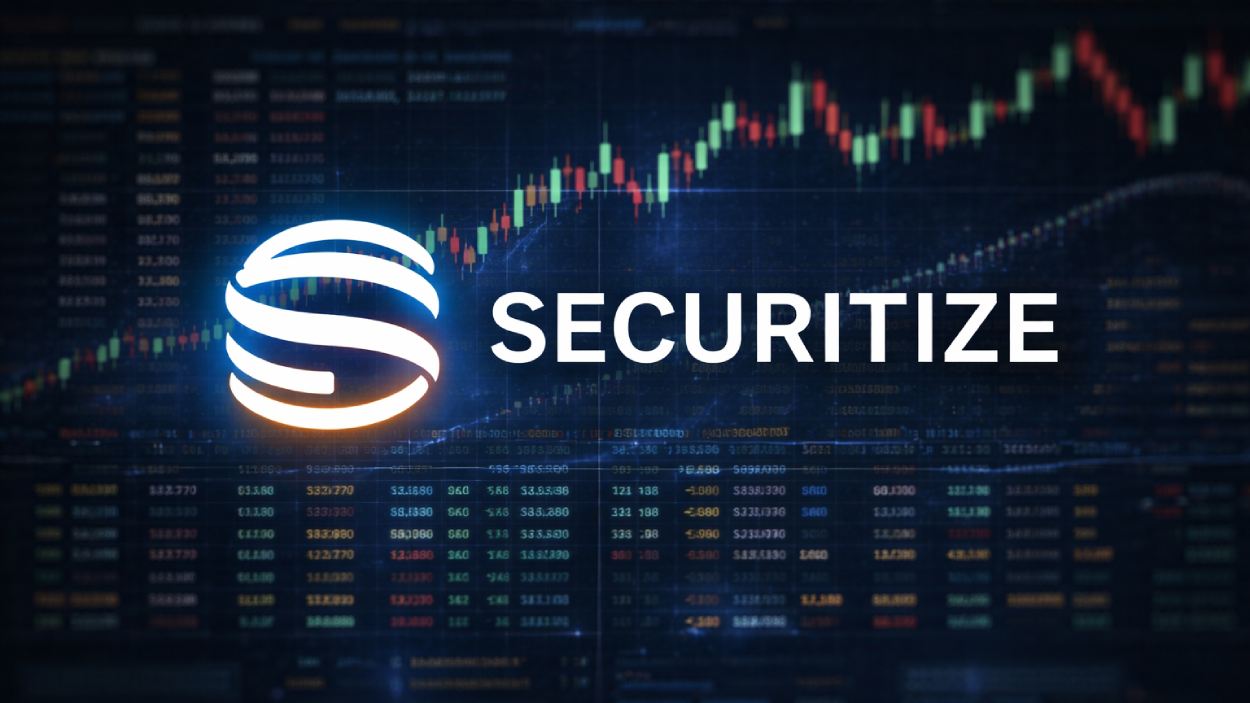For the first time, Cardano projects can access native USDC liquidity thanks to a new partnership between Apex Fusion and Stargate, signaling a major leap forward in Cardano’s DeFi development.
Key Takeaways
- Apex Fusion has integrated Stargate, powered by LayerZero, enabling native USDC liquidity across Cardano’s VECTOR and NEXUS chains
- $2.5 million in USDC liquidity has been seeded to jumpstart lending protocols, trading platforms, and stablecoin-based DeFi products
- This marks the first native stablecoin bridge into Cardano without using wrapped tokens or third-party bridges
- The partnership solves a long-standing barrier to stablecoin interoperability on Cardano, making it more attractive for developers and liquidity providers
What Happened?
Apex Fusion, a next-gen Web3 platform connecting UTxO and EVM architectures, has partnered with Stargate, the omnichain liquidity protocol powered by LayerZero, to bring native USDC to the Cardano ecosystem. This integration allows stablecoin transfers without using wrapped assets and enables Cardano-based projects to tap into deep liquidity networks like Ethereum and Arbitrum.
Apex Fusion is now live on @StargateFinance, the first DeFi-ready link between Cardano (UTxO) and EVM ecosystems.
— Apex Fusion (@ApexFusion) November 4, 2025
Move USDC.e from 45+ connected networks directly into Apex Fusion.
Real liquidity. Real interoperability.
The fusion has started. ⚡️ https://t.co/qEQDR76Fbe
Stargate Integration Unlocks Real Stablecoin Interoperability
Until now, Cardano’s DeFi ecosystem struggled with limited stablecoin access, making it harder for developers to launch lending or trading protocols. That’s now changed.
Apex Fusion’s integration with Stargate allows USDC to move freely between Cardano’s VECTOR execution layer and NEXUS EVM Layer 2 without the need for wrapping. This is made possible through Stargate’s unified liquidity pools and LayerZero’s omnichain messaging infrastructure.
Key benefits of the integration include:
- Instant and native USDC transfers to and from Cardano’s VECTOR and NEXUS layers.
- No wrapped assets, removing complexity and risks associated with bridges.
- Access to the same liquidity used in ecosystems like Ethereum, Arbitrum, and Avalanche.
This new bridge strengthens Cardano’s ability to host scalable DeFi protocols and opens new opportunities for developers looking to build cross-chain products.
$2.5 Million Liquidity to Kickstart Cardano DeFi
To support the rollout, the Apex Fusion Foundation has committed $2.5 million in USDC to seed the VECTOR and NEXUS chains. This liquidity is expected to fund new:
- Decentralized lending protocols
- Automated market makers (AMMs)
- Stablecoin trading pairs
- Yield vaults and cross-chain liquidity strategies
Christopher Greenwood, COO of Apex Fusion Foundation, stated:
Angus Lamp, Product Lead at Stargate, added:
Built for Developers and Institutions Alike
This integration is designed not just for traders but also for developers and institutional users seeking reliable infrastructure. Cardano’s UTxO-based architecture has long presented challenges for stablecoin integration. By bridging to LayerZero’s omnichain network, Apex Fusion eliminates those hurdles.
Projects on Apex Fusion can now:
- Launch natively backed stablecoin DeFi apps.
- Build scalable cross-chain dApps.
- Attract liquidity providers who previously avoided Cardano.
This opens the door for institutional DeFi participation and offers yield and arbitrage opportunities tied to USDC across multiple ecosystems.
CoinLaw’s Takeaway
In my experience, stablecoin access is the lifeblood of any healthy DeFi ecosystem. Cardano has had all the potential in the world, but it lacked this one piece that developers kept asking for. I found this Stargate integration by Apex Fusion not only impressive but absolutely necessary. Now, with real USDC liquidity and no reliance on wrapped assets, we’re finally seeing Cardano step into the ring with other top DeFi chains. It’s a game-changer for developers and investors who want speed, scale, and composability. I expect this to light a fire under the Cardano DeFi scene in the months ahead.

